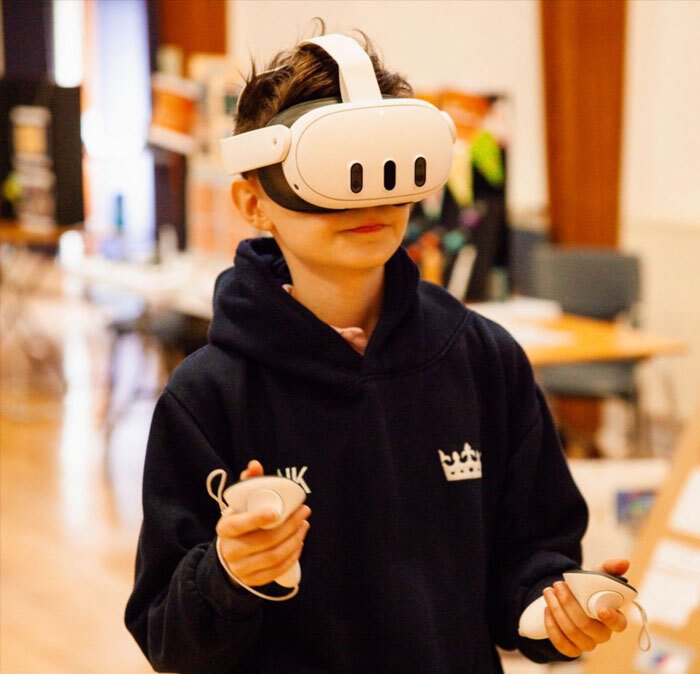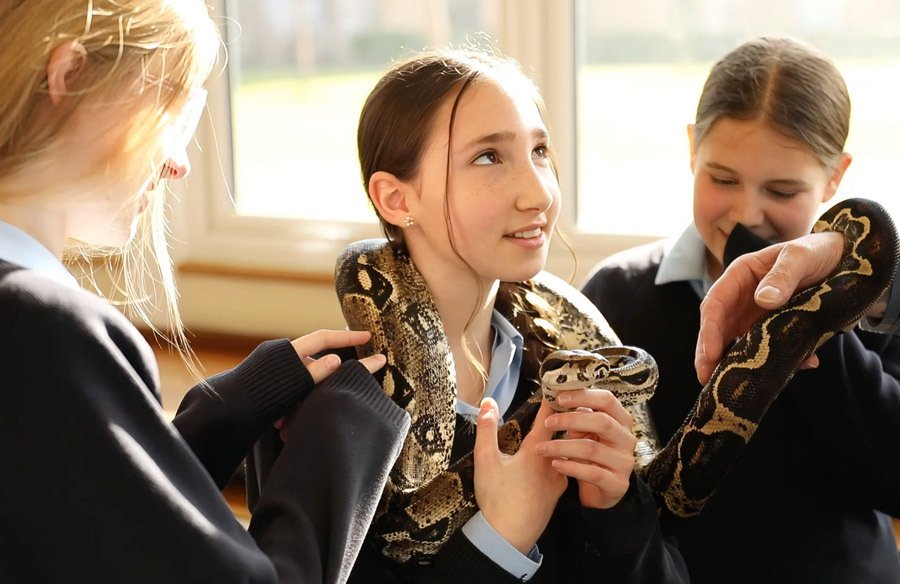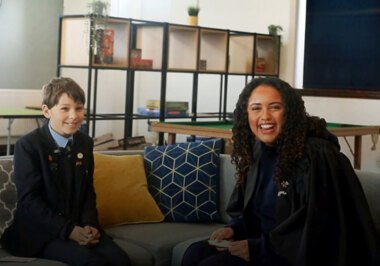
STEM Week 2025
9th May 2025
From virtual reality adventures and bubbling reactions to skincare science, 3D printing and rubber hand illusions — this year’s STEM Fair had it all! Deputy Head Academic, Mr Winchester, explains how STEM helps pupils to problem solve way beyond the classroom.
From LEGO play to building kit cars, STEM is evolving in schools today and the future is both exciting and challenging. Yet in a fast-moving technological landscape, employers are increasingly looking for students who can approach STEM as more than simply an exercise in repeating ‘parrot-fashion’ what they learned for an exam. The very term STEM suggests something that is more than the sum of its parts – an appreciation of how pupils can apply their learning to the real world, with all of the complexity that real world problem solving requires.
For example, nothing embodies real world problem solving better than LEGO. LEGO enables pupils to design, think, solve and be creative in a group challenge or team setting, reflecting the real world of work. LEGO allows students to model a real-world system and set of controls, giving them the chance to understand and visualise the connection between a theoretical concept and its practical application. This is perhaps why it is becoming so popular in schools like St Margaret’s today.
Likewise, building anything requires students to process a design which is presented to them and to apply this logically to the engineering and construction of a product. A car is a perfect example of this because it is subject to the laws of physics, the economics of mathematics, it must suit the ergonomics of biology, it must be engineered to last and requires technological skill and understanding to come together. This is perhaps why more and more schools are incorporating the building of kit cars into their STEM offering. Most importantly, for students to work on a kit car successfully, it requires them to design, work as a team, model, communicate, build, problem solve and test products and solutions – building the vital inter-personal and collaborative skills which the STEM industry is crying out for.
Another area being embraced at St Margaret’s is robotics. In our rapidly evolving technological world where products and systems are increasingly automated and less reliant on humans to carry out tasks that we are simply not built to do, humans are relying on robotics to optimise manufacturing processes and services. Pupils need to be aware of the role robotics plays in society today and to start thinking about what it can do for us in the future. Robots require an understanding of the synergies between a mechanical system and a computer system.
At St Margaret’s School we really believe in driving pupils’ academic interests through their co-curricular pursuits. As STEM continues to evolve, we should expect to see schools pushing the boundaries for future STEM-related activities. Each generation arriving in secondary schools will do so with a more advanced digital skillset, having grown up in such a rapidly changing technological landscape. The appetite for challenge among pupils in this arena is exciting and gives the pupils themselves real scope to challenge the boundaries of STEM.
Simon Winchester
Deputy Head Academic




